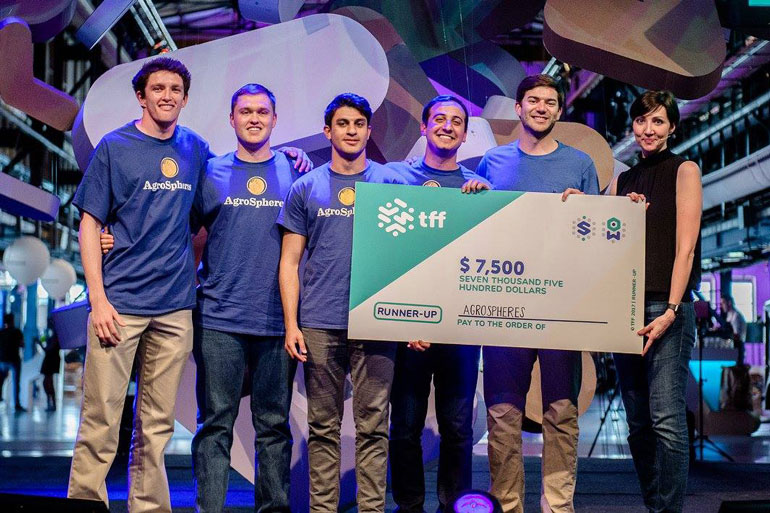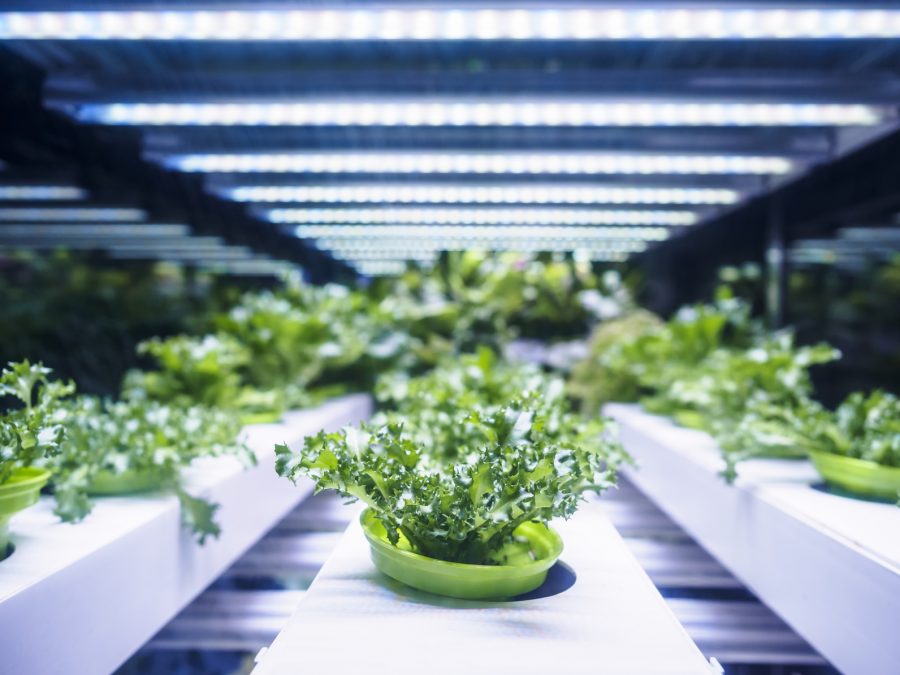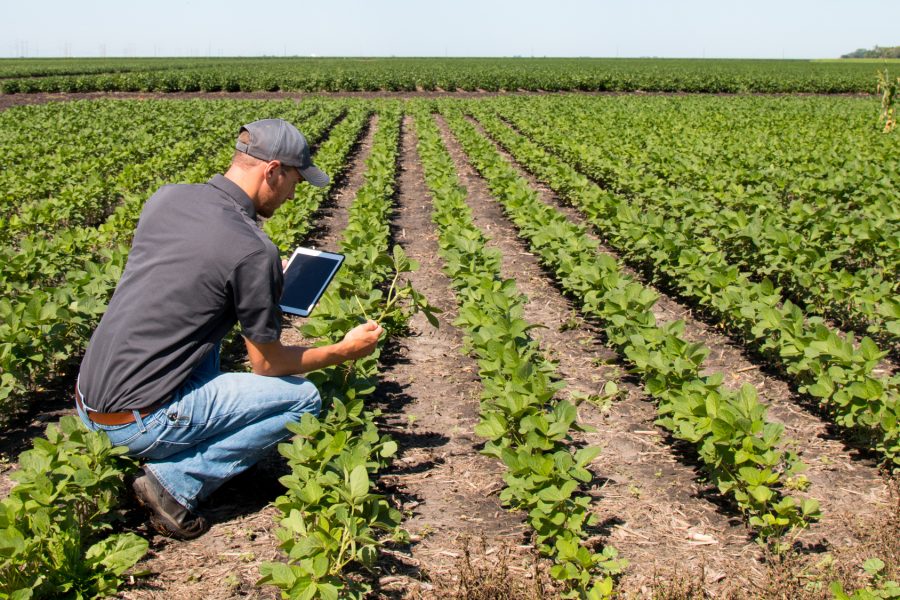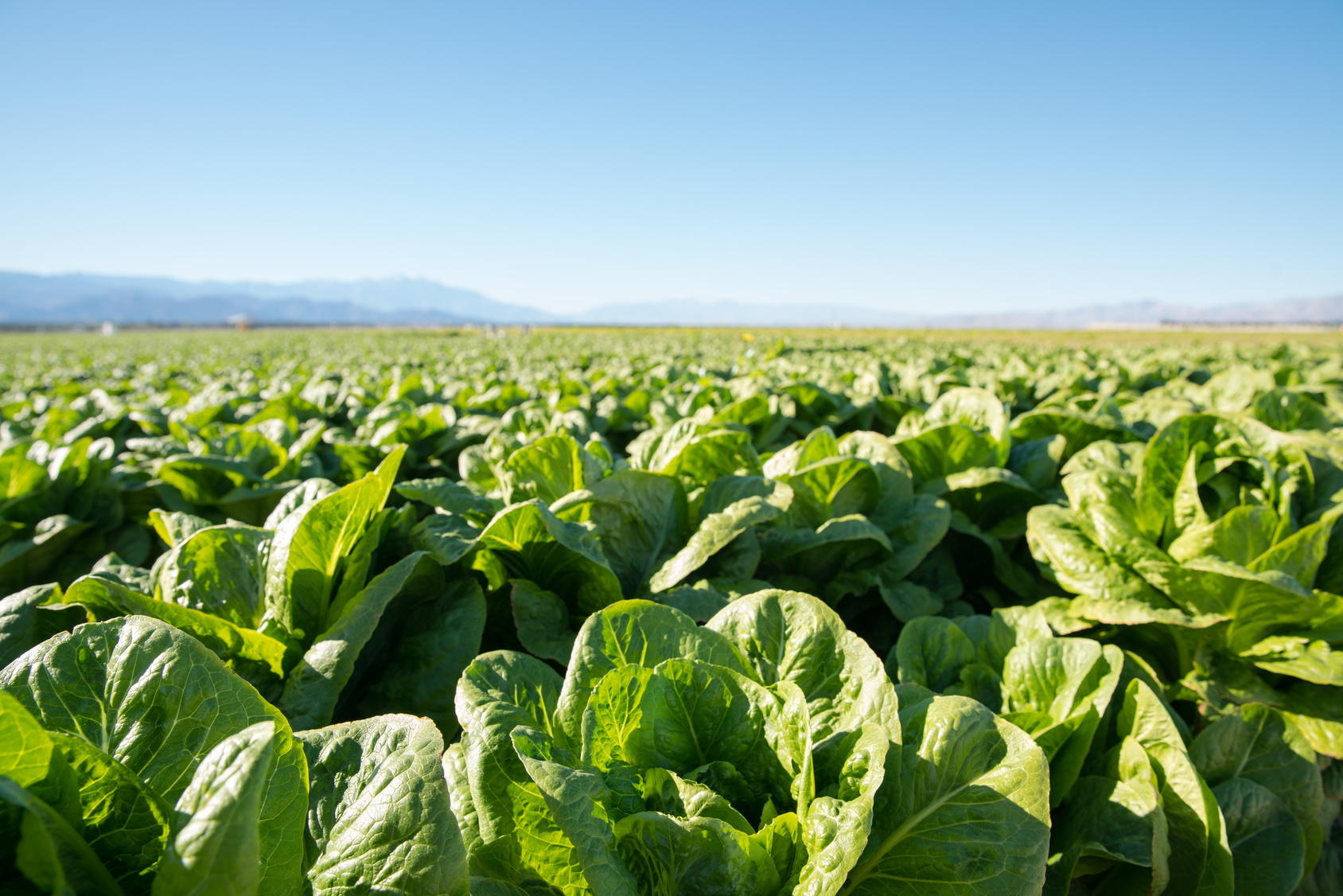AgroSpheres is an agriculture technology startup in Virginia that is revolutionizing crop protection through environmentally friendly delivery platforms. Its AgriCell technology enables efficient delivery of active ingredients by providing better shielding and slower, sustained release, effectively creating a closed system where both synthetic or biological actives can be controlled, protected and targeted for optimal effectiveness in the field. We recently sat down with company COO and co-founder Payam Pourtaheri to learn more about what AgroSpheres is working on.
How’d the company get started? How did you meet your business partner?
My business partner, Amir, and I were undergrads at the University of Virginia. We were doing research on our own projects when we came across Agora cells technology. I thought the Agora cells method was a really interesting way to use synthetic biology to synthesize and deliver biomolecules. At the time I was working on a bio mediation project and understood that Agora provided a good encapsulation technology while also enabling the synthesis of other biomolecules aside from degrading enzymes for the biomolecules. We realized that there were applications for agribusiness. We started speaking with farmers and agriculture companies and found out they didn’t want to have to spray an additional time to clean up their pesticides; they’d rather have a safer and more effective pesticide to use from the start.
Talk a little more about the difference between what you all are doing with synthetic products versus traditional pesticides.
We’re using the same synthetic chemicals and encapsulating them so that they’re better targeted to the surface of the plant. As a result, we can improve the quality of the initial spray. When you’re spraying a traditional pesticide only 10 to 30 percent of the pesticide actually reaches the intended target. Due to rain, runoff, and other environmental factors most of the chemical is lost.
However, our encapsulation technology has a pretty good adhesive net so you can spray maybe half the amount of a traditional pesticide. The encapsulation protects the chemical from the environment, increasing efficacy.
Are there applications for the consumer products industry as well?
Most of our active ingredients are biological, but we’re working with others in the industry who help guide our synthetic product development. I think we’ll eventually get around to developing safer alternatives for household products.
Is the technology that you’ve developed the same for each application or can it be adapted for other uses?
That’s a great question. It’s quite modular, and we can fine tune it depending on the target and pathogen. For example, we can express various proteins or alter the membrane of the cell to be more sticky depending on how waxy or stocky the crop is. Then there’s a controlled release aspect of the technology where the membrane of the Agora cell breaks down at a certain rate.
If you’re targeting an insect with a quicker lifecycle, say 20 days, you want most of the active ingredient released in a one-month period. Conversely, if you have a fungus that persists for two or three months you can slow the release so it’s longer.
A lot of agtech companies seem to be concentrating on yield boosting or quality boosting. What’s your sales pitch to the farmer?
It’s really just about making a better pesticide application that can save them money and time. The synthetic chemicals are really cheap to produce and incredibly effective. Meanwhile, natural pesticides are costly and not as effective. Then there’s our biologicals – the production technology for our biologicals. We can use fermentation and synthesize these biomolecules in large quantities and have them encapsulated, so they’re cost effective and stable in the environment. Our goal is to make bio-pesticides as effective as or even better than synthetic chemicals so that farmers can use safer products without sacrificing yield or quality.
Have we reached a tipping point in the farmer’s mind where the biological and synthetic cost and same and do the same but one is safer than the other?
Exactly. It’s a win-win for industry and farmers.
What’s the game plan over the next year?
Right now, we’re closing our Series A round. We’re based in Charlottesville, Virginia, and we’re going to be doubling our space. We’ll be hiring some more people. Our goal is to grow and acquire more partners in the industry, but we’ve also received some grants – one from the National Science Foundation (NSF) and one from the State of Virginia – to develop our own products. So, we’ll be concentrating a lot more on our own products next year. We enjoy working with partners and learning from them and taking more products to market with them. However, we’re also really trying to develop our own stuff.
It seems like there’s been an explosion of innovation in the agriculture industry over the past five years. What’s you take on the industry as an insider?
It’s a “gut-feeling” industry. I think Monsanto acquired one climate change company for $1 billion. So, people were like, “Wow, you can make good money investing in ag.” There were a lot of trends in the pharmaceutical industry, such as precise medicine and data analytics, so the industry saw a great increase in the number of investments in technologies. I think we’re getting in at the perfect time because I see a lot of exciting technologies and collaborators who are having fun along the way; they’re learning and innovating at the same time.
We host a webinar on a novel food and agriculture-related startup every Thursday at 3pm central as part of the AgriFood Conversations webinar series and this month we will be featuring four webinars on Marketplaces. Learn more.






